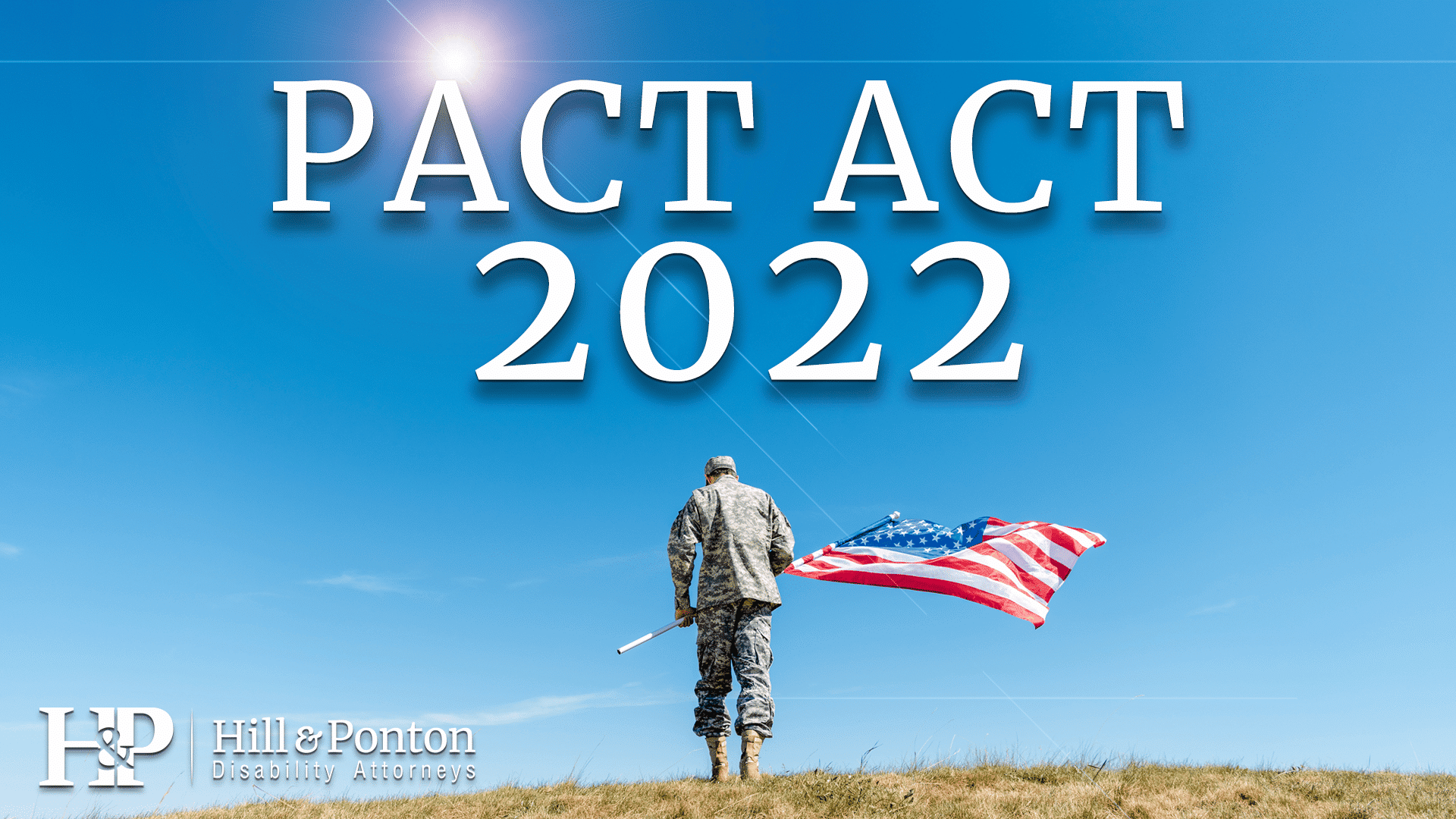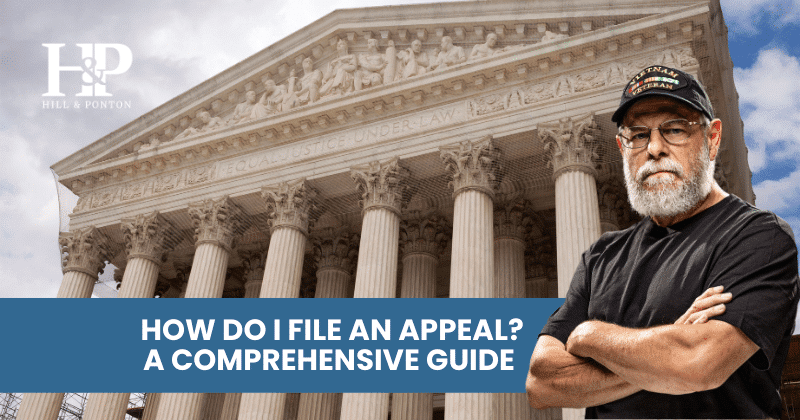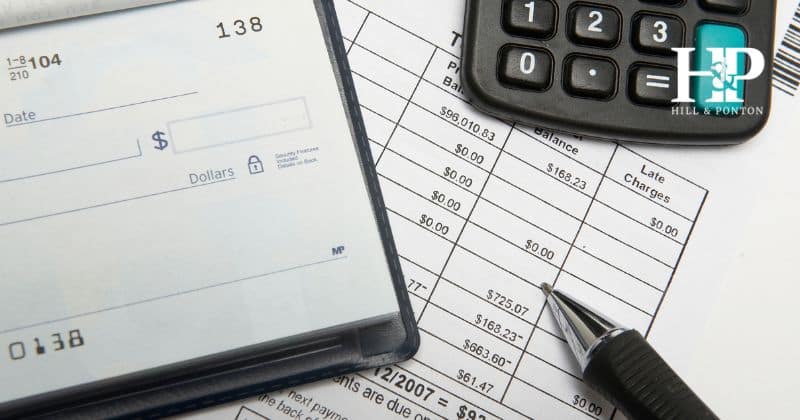Over the years, the VA backlog challenge has stood as a persistent concern for us veterans.
The maze of claims, appeals, and bureaucratic processes has long tested our patience.
But 2022 brought about an unexpected twist: the introduction of the PACT Act, which aimed to help but also added its unique set of challenges to the veterans affairs landscape.
A snapshot from last year (2022) depicted a daunting picture: around 623,060 pending claims, with an additional 154,014 rating-related claims waiting in the backlog.
Fast forward to mid-2023, and while efforts have been made to navigate these numbers, the VA claim landscape remains overwhelming, especially with the introduction of the PACT Act.
But why is there such a significant backlog?
The reasons span from historical inefficiencies, like the paper-based system of the early 21st century, to more recent impacts such as the COVID-19 pandemic and challenges with the Veterans Benefits Management System (VBMS).
Add to this mix the new claims introduced by the PACT Act, and we find ourselves amidst a dynamic, evolving situation.
As you read on, you’ll get insights into the specifics of the VA backlog update, understand the nuances of the PACT Act, and get recommendations on navigating the VA claims process.
Whether you’re asking, “Why is my VA disability taking so long?” or seeking clarity on the difference between Legacy and AMA appeals, this guide aims to address those concerns.
Together, we’ll wade through the intricacies of disability benefits, VA claims, and the appeals process.
What is the Current Status of the VA Claim Backlog?
In 2023, getting a clear picture of the VA claim landscape is crucial for every veteran.
The numbers, as they stand, are both a reflection of the past and an indication of future challenges.
Updated Statistics from 2022 to 2023
At the heart of the issue lies the sheer volume of pending claims.
As of mid-2023, we’ve seen an undeniable increase from the previous year.
While 2022 left us with a concerning 623,060 pending claims and an additional 154,014 rating-related claims in the backlog, the figures now are even more pressing.
This surge isn’t solely a residue of previous inefficiencies or challenges.
A substantial portion can be attributed directly to the PACT Act.
Its introduction led to an onslaught of new claims, piling onto an already strained Veterans Benefits Administration (VBA) system.
Why is the VA Backlogged?
To understand the present, we must look to the past.
A few key events and issues have led us here:
- Impact of the COVID-19 pandemic on claim processes: Much like the rest of the world, the VA wasn’t immune to the disruptions caused by the pandemic. With offices closing and many processes halted or slowed, the claims backlog grew significantly.
- The paper-based system of the early 21st century: Historically, our veterans’ affairs system relied heavily on manual, paper-based methods. This system, while functional for its time, introduced a host of inefficiencies. Transitioning from this has been a Herculean task.
- Technological challenges with the Veterans Benefits Management System (VBMS): As we moved from paper to digital, the VBMS was seen as a solution. Yet, it came with its set of challenges, further complicating the VA claim process.
- New claims introduced by the PACT Act: As mentioned, the PACT Act brought with it a wave of fresh claims, adding strain to an already burdened VBA.
Looking at this overview, it’s evident that the backlog challenge isn’t due to a single issue but is the result of multiple compounded problems.
While some are relics of the past, others, like the implications of the PACT Act, are very much concerns of the present.
What is the PACT Act and How Has It Affected VA Claims?
Navigating the VA claims process in recent times has presented new challenges, many of which arise from the introduction of the PACT Act.
Understanding this legislation is paramount for veterans today.
Introduction to the PACT Act
The PACT Act, a significant piece of legislation in the realm of veterans affairs, brought forward an overwhelming number of claims—approximately 700,000.
This sheer volume added a considerable burden on the Veterans Benefits Administration (VBA).
While the intent of the act was to address and streamline certain areas of VA benefits, its immediate effect was an influx that the VBA wasn’t entirely prepared for.
PACT Act and the Modernization Plan
Recognizing the challenges, the VBA presented a long-term modernization plan to Congress.
This roadmap aimed at piloting automation technology to better manage the rising backlog.
While the technology holds promise, its full implementation and efficiency remain to be seen.
Furthermore, the influx from the PACT Act has raised concerns about the VBA’s ability to manage both the existing backlog and the new claims.
Though modernization efforts are in the works, their deployment needs to be expedited to offer relief.
Major Concerns Raised by Legislators
The challenges posed by the PACT Act have not gone unnoticed.
Legislators have raised critical questions on the delays in modernization and the potential repercussions on veterans.
Criticisms are centered on the outdated procedures and IT systems that are still in place.
These lingering inefficiencies emphasize the urgent need for holistic reforms to better serve our veterans.
Would you like to learn more information about the PACT Act? Check out our in depth blog post below.

Why Is My VA Disability Taking So Long?
As a veteran, you’ve selflessly served and made sacrifices for your country.
Now, you rightfully expect timely resolutions to your VA disability claims.
Unfortunately, many veterans find themselves asking, “Why is my VA disability taking so long?”
Let’s explore the factors behind these delays:
The Aging Infrastructure
The Veterans Benefits Management System (VBMS), though once a cutting-edge system, is now over a decade old.
Its aging infrastructure poses significant limitations.
There have been multiple reports of system crashes, leading to delays and lost information.
This archaic system, initially designed for a different era, struggles to handle the contemporary demands, especially with the surge in claims due to the PACT Act.
Automation Efforts and Their Potential
The introduction of automated decision support (ADS) brought a glimmer of hope for the speeding up of claim processing.
ADS has the potential to address certain diagnostic codes faster than manual checks.
However, while automation can improve efficiency, its full potential is yet to be realized.
As of now, only a subset of the current diagnostic codes falls under the ADS system, but expansion is on the horizon.
Steps Towards Improvement
Despite the challenges, strides are being made for a better future.
The VBA is undergoing a restructuring of its corporate database.
This initiative is poised to ensure more efficient data access, reducing wait times for veterans.
Additionally, input from VBA employees who work directly with the system is being considered, as they offer invaluable insights into practical improvements.
The Current Landscape of VA’s Decision Wait Time for Claims
The Board of Veterans’ Appeals has witnessed a substantial influx of appeals in recent years, as indicated by their data on the VA website.
With roughly 100,000 appeals resolved annually, there remains a backlog of over 200,000 appeals awaiting decisions.
This volume is, however, a marked improvement from six years ago when close to 475,000 appeals were pending.
Thanks to the support from Congress, resources have been allocated to recruit more Veterans Law Judges (VLJ), legal counsel, and other necessary staff to expedite the process.
Appeals Dynamics Over the Years
From FY 2019 to July 2023, the Board saw varying numbers of decided and pending appeals.
The data suggests a consistent effort to address the pending appeals, but also indicates the ever-present challenge of an increasing number of Veterans appealing at the Board.
The process doesn’t solely rely on when an appeal was filed.
The Board, by law, must prioritize appeals based on certain criteria.
Cases returned from the United States Court of Appeals for Veterans Claims or from the Agency of Original Jurisdiction following remand, for instance, can often bypass the usual queue.
This system has inherent complexities.
For instance, 15% of the remanded cases have been sent back for reconsideration four or more times, and over 6% have been remanded five times or more.
Legacy Appeals vs. Modernized Review System
Recognizing the cumbersome nature of the “Legacy” claims and appeals process, VA collaborated with Congress to introduce the Veteran Appeals Improvement and Modernization Act of 2017 (AMA).
This modernized system aims to give Veterans more choice and flexibility while retaining their right to the earliest possible effective date for their claim.
Yet, while the AMA was crafted to streamline processes, about 65,000 Legacy system appeals still exist.
These represent some of the oldest pending appeals. Given the priority to resolve these Legacy appeals, newer AMA appeals might experience longer wait times.
But progress is evident. The Legacy system appeals have been drastically reduced from 472,066 in November 2017 to fewer than 66,000 currently.
With the Legacy cases depleting, the Board is actively deciding a growing number of AMA appeals.
By the end of FY 2024, the Board anticipates the number of AMA decisions will equal Legacy system decisions, indicating a likely doubling of AMA appeal decisions in the coming year.
Recommendations for Veterans Navigating the VA Claims Process
Whether you’re a veteran from the Air Force, Army, or any other military branch, understanding the VA claims system is crucial.
The process can be complex, but with the right strategies, you can optimize your approach to secure the disability benefits you rightfully deserve.
Presenting a Strong Claim
First and foremost, the strength of your claim lies in the details.
To maximize the chance of a favorable outcome:
- Thorough and Accurate Paperwork: Ensure that all your documentation, including medical evidence, is comprehensive and free of errors. A single oversight can delay your claim or result in an unfavorable decision.
- Collaborate with Specialists: Working with attorneys specializing in VA claims can be beneficial. They can provide guidance on presenting your case most effectively. Associations like the American Legion can also be instrumental in this regard.
Using the AMA System
Given the advantages of the AMA Appeals Process over the Legacy system:
- Consider Refiling: If you initially filed under the Legacy system, think about refiling your claim under the AMA process. The streamlined lanes might offer a faster resolution.
- Speeding Up Claims: Ensure you provide any additional evidence or clarifications promptly. Responding quickly to VA requests can expedite your claim’s processing.
The journey of veterans through the VA backlog maze has been anything but smooth.
From a staggering 623,060 pending claims in 2022 to the ripple effects of the PACT Act in 2023, it’s clear that navigating the VA benefits landscape requires patience, diligence, and resilience.
With each passing year, the Veterans Affairs Administration faces both critique and pressure to streamline and expedite the claims process for the very individuals who’ve dedicated their lives to serving our nation.
The implications of the PACT Act and the continuous evolution of VA procedures emphasize the need for constant updates.
But it’s not just about numbers and systems; it’s about veterans waiting for their rightful benefits, often crucial for their health care and quality of life.
To our dedicated veterans, while the challenges of the VA system can be discouraging, remember that you’re not alone in this battle.
Learn more about the appeals process in our guide below!

How Do I File An Appeal? A Comprehensive Guide
Have Questions About Understanding How the Claims Process Works?
Hill & Ponton are here to support you with getting started with your claim.
If you are intending to appeal a denied claim, you can contact us for an evaluation and we can help you with this process.
However, if you are considering filing an initial claim, or even if you are interested in learning about the appeals process, we offer a free ebook to get you started on the right foot!
The Road to VA Compensation Benefits will help break down the claims process from start to finish. Click the link below to learn more.





